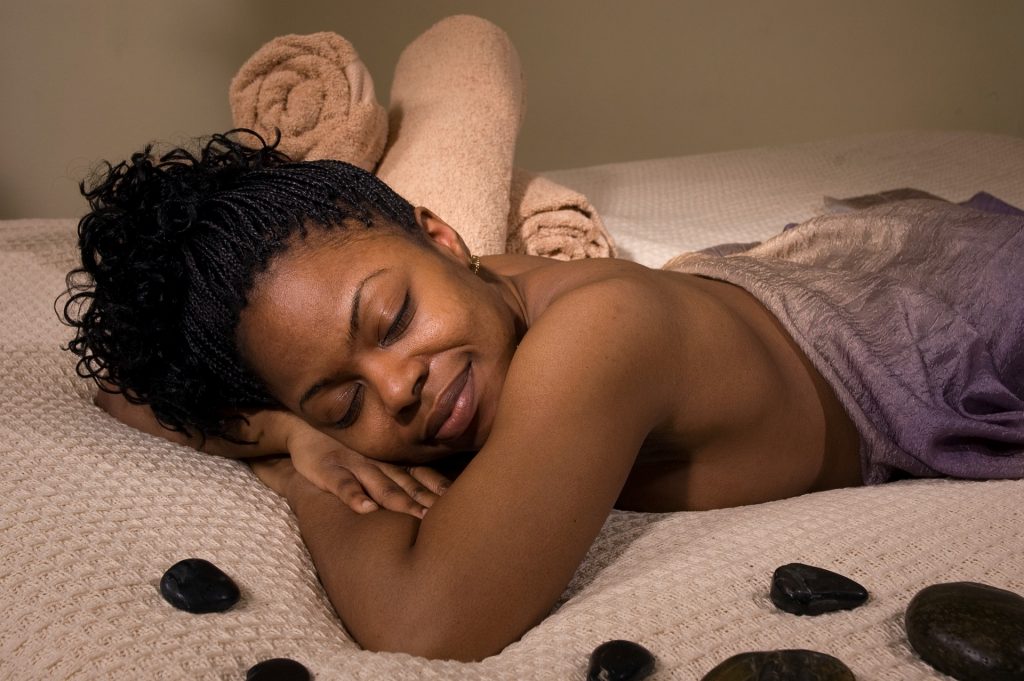Unlock the Power of Massage: History & How-To
Jun 22, 2021
|By Deidre Ann Johnson

Massage therapy has been in existence for over 2400 years!
The Origins of Massage Therapy
Have you ever wondered about the origins of massage therapy? This ancient art dates back to the dawn of civilization, offering a long history of promoting relaxation and healing. Read on to Unlock the Power of Massage: History & How-To.
The Beginnings
The word “massage” itself is derived from a Greek word meaning “to work with the hands, as in kneading dough.” Even as far back as 400 BC, Hippocrates, the father of medicine, is said to have written, “The physician must be experienced in many things, but assuredly in rubbing.” While massage is no longer the primary medical treatment used today, it has evolved into a complementary therapy with a range of benefits.
In the 2400 years since that time, doctors no longer rely on massage to heal their patients and rarely do they refer them to a massage therapist to receive sessions that may aide in their recovery.
Massage Techniques
Massage therapy encompasses various techniques that manipulate the skin, muscles, tendons, and ligaments through pressing and rubbing. Here’s a look at some of the most common types:
Swedish massage
- This technique uses long strokes (effleurage), kneading strokes (petrissage), tapping (tapotement), and vibration, primarily focusing on relaxation.
Deep tissue massage
- This method utilizes slower, more forceful strokes to target deeper muscle layers and connective tissues, often used to address muscle damage from injuries.
Sports massage
- Tailored for athletes, sports massage focuses on specific areas used in particular sports. It can be broken down into pre-event (to stimulate), post-event (to promote recovery), restorative (to aid further training), and rehabilitative (to alleviate pain and restore tissues).
Trigger point massage
- This technique targets tight muscle fibers (trigger points) that can form after injury or overuse. These trigger points can cause referred pain, and massage therapy can help alleviate them.
Benefits of Massage Therapy
Studies have shown that massage therapy offers a range of benefits, including:
- Reduced stress, pain, and muscle tension
- Reduced anxiety, fibromyalgia symptoms, headaches, and digestive disorders
- Improved sleep quality for those experiencing stress-related insomnia
- Relief from myofascial pain syndrome, soft tissue injuries, sports injuries, TMJ pain
- Increased feelings of caring, comfort, and connection
Despite all of these benefits, massage is not a replacement for medical care. If you are undergoing regular medical care for a specific condition, ask your doctor if it is appropriate for you.
Important Considerations
While massage therapy offers many benefits, it’s important to be aware of contraindications. These are situations where massage may not be appropriate. Here’s a breakdown of contraindications:
- Local Contraindications: These limit massage to specific areas, avoiding burns, healing wounds, varicose veins, undiagnosed lumps, pregnancy, bruising, sunburn, undiagnosed pain, inflammation, or fractures.
- Total Contraindications: These completely prevent massage in cases of fever, contagious diseases, drug or alcohol influence, neuritis, severe thrombocytopenia.
- Medical Contraindications: These require a doctor’s approval before receiving massage, including cardiovascular conditions, recent surgery, osteoporosis, cancer, nervous system conditions, epilepsy, diabetes, skin diseases, Bell’s palsy, gynecological infections, bleeding disorders, or those taking blood-thinning medications.
Preparing for Your Massage
Before your massage session, you’ll typically fill out a form detailing your health history and expectations. You’ll then be brought to a private room where you can disrobe to your comfort level.
The massage therapist will drape you appropriately and use lotion or oil during the session. If you have allergies or preferences for massage oil, feel free to bring your own.
Remember, communication is key throughout the massage. Don’t hesitate to let your therapist know if the pressure is too strong or too light. This is your massage, and your comfort is the priority.
By understanding the origins of massage therapy, the various techniques available, and the potential benefits, you can decide if it’s a complementary therapy that can enhance your well-being.
References
https://www.massagenow.com/contraindications/
https://www.mayoclinic.org/healthy-lifestyle/stress-management/in-depth/massage/art-20045743
https://www.health.harvard.edu/newsletter_article/Massage_therapy
